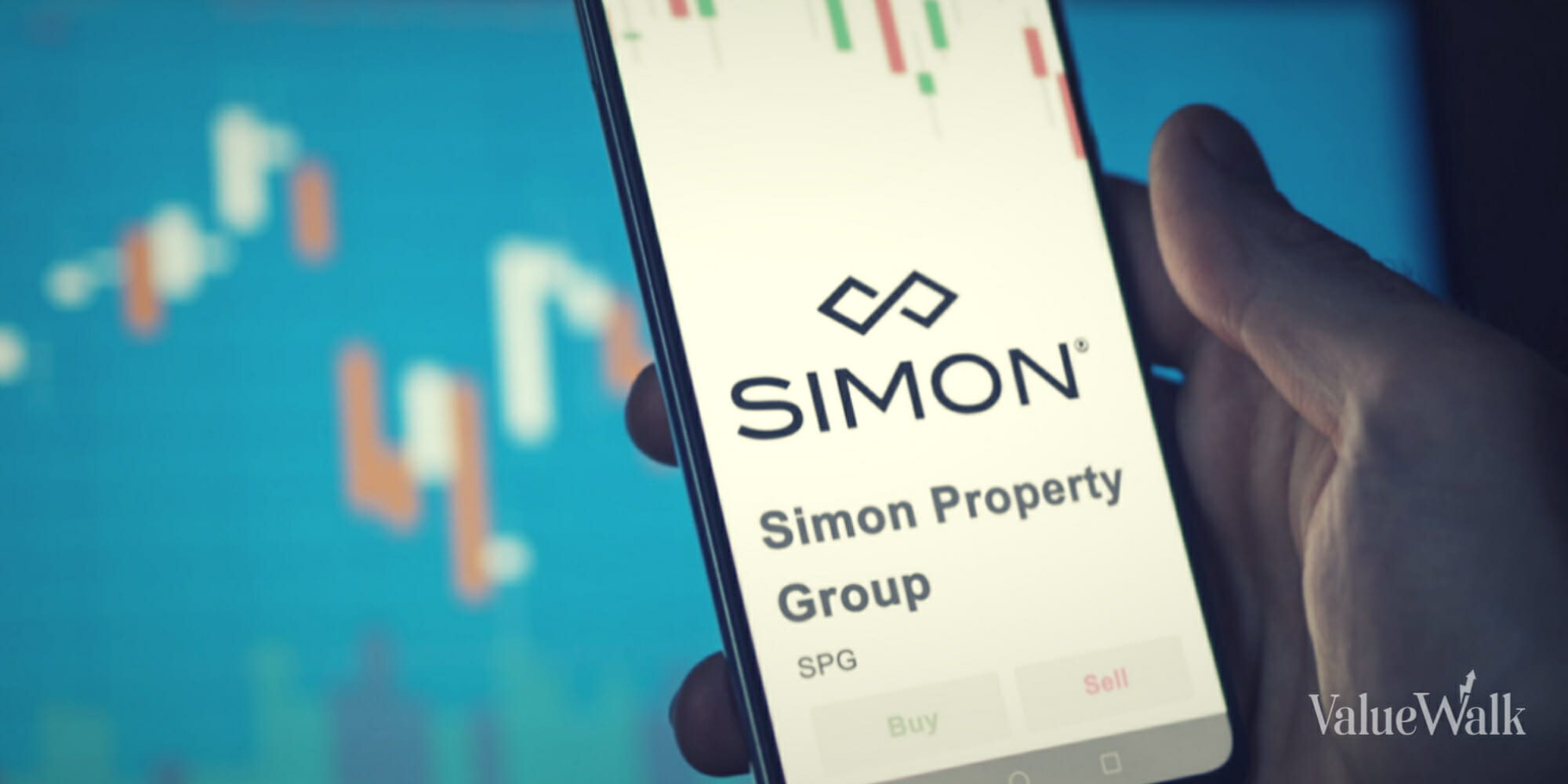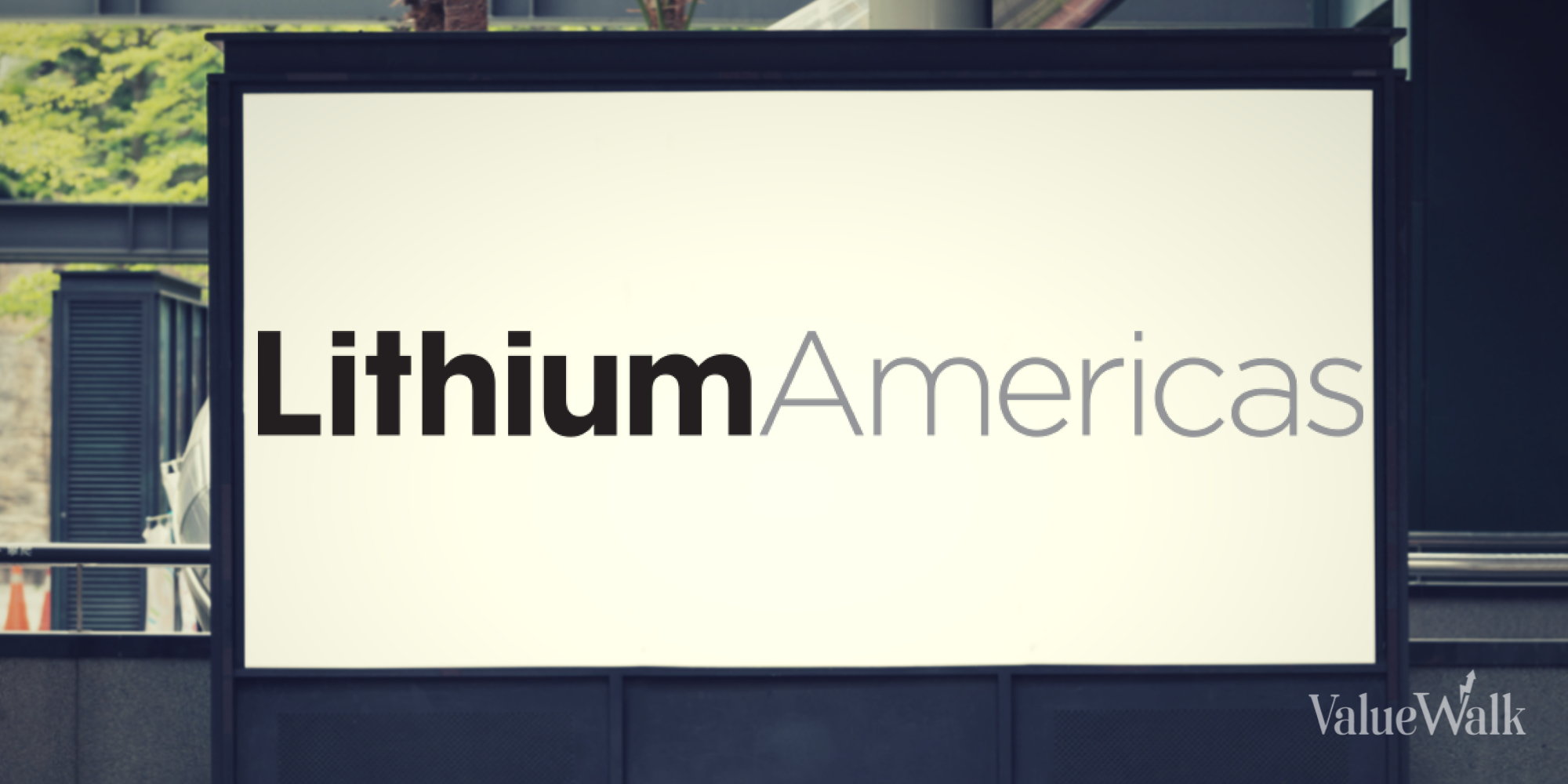Simon Property Group (NYSE:SPG) stands out as a compelling choice for investors seeking robust high yields in real estate, especially in retail. While the company’s shares may have faced headwinds in the past year due to the impact of rising interest rates on the broader sector, Simon Property has demonstrated solid operational resilience.
Despite a temporary lag in share-price performance compared to the major indices, Simon has consistently posted strong results, exemplified by a post-pandemic spree of dividend increases. The combination of a declining share price and a growing dividend has resulted in an advancing dividend yield, currently hovering close to 7%.
This is one of the highest yields the stock has traded at on a normalized basis. By that, I mean excluding the short-term flash crash in 2020 following the initial COVID-19 outbreak, when all retail real estate investment trusts (REITs) faced severe hardships due to global store closures.
What’s Keeping Simon Property Stock Under Pressure?
Before delving into Simon’s dividend, it’s essential to explore the factors behind the recent downward pressure on the stock. After all, the stock’s notable underperformance is a key contributor to its especially high dividend yield.
In fact, while the S&P500 has recorded a strong 14% year-to-date rally, Simon’s shares have taken a divergent path, declining approximately 8.6% over the same period. The primary driver of this underperformance is quite straightforward: the rise in interest rates. As a REIT, Simon is currently contending with the dual challenges of a higher cost of equity in its investment case and increased interest expenses on its debt.
The initial factor mentioned is a broad concern affecting many equities in the current market environment. As interest rates rise, the required return that investors demand from equities also increases. Consequently, Simon’s shares have lost some of their appeal over the past year.
Simply put, with investors able to secure robust interest rates from T-bills and low-risk short-term investments, the relative attractiveness of Simon’s dividend yield diminishes due to the additional risk associated with equities. This rationale explains the sell-off in Simon shares that boosted the dividend yield to 7%.
Th second factor pressuring Simon’s stock has to do with its goal to broaden its portfolio of malls, premium outlets and other retail properties. To do so, Simon has accumulated significant debt.
This is not an uncommon practice, as all REITs have to resort to raising debt and equity to grow, given that the majority of their earnings end up being paid out as dividends. The acquisition of the previously public Taubman Centers in 2020 has also contributed to Simon’s pile of debt.
At the end of June, Simon featured a notable total debt position of $25.5 billion. With interest rates on the rise, the company’s substantial indebtedness is costing it a lot, so investors remain cautious.
For context, Simon’s interest expenses grew to $218.1 million in its most recent Q2 results, rising from $187.3 million in the comparable period last year. With rising interest expenses likely to have a negative impact on the company’s funds from operations (FFO), you can see this is another reason shares have been under pressure lately.
The Dividend Remains Robust Despite Modest Profitability Setbacks
As just discussed, the prospect of increased interest expenses poses a potential challenge to Simon’s profitability. Despite the REIT’s commendable first-half fiscal performance, with total revenues rising from $2.58 billion to $2.72 billion year-over-year, the latter part of the fiscal year is anticipated to face headwinds from escalating interest costs.
This could offset any recent revenue gains. Although management has raised the annual guidance for FFO/share to a range of $11.85 to $11.95 (up from $11.80 to $11.95 previously), it’s worth noting that the midpoint of this updated range suggests a slight decline compared to the previous year’s figure of $11.95.
Despite this, I find it more compelling to redirect our attention to two noteworthy aspects. First, Simon distinguishes itself in a landscape where many REITs are expected to report significantly lower FFO/share this year. Remarkably, Simon appears capable of weathering this challenge with minimal impact on its financial performance.
Second, and perhaps more reassuringly, the company’s dividend stands out as quite secure. When utilizing the midpoint of management’s guidance, we see that Simon’s dividend remains well-covered, effortlessly supporting the current annualized dividend rate of $7.60 per share and thus, the current 7% yield.
The company’s remarkable track record of increasing dividends, having done so eight times since the pandemic-induced reduction, serves as a testament to management’s confidence in the sustainability of the underlying payouts. This not only emphasizes a current trend but also signals the potential for more dividend hikes in the future, a prospect bolstered by the healthy margin between payouts and FFO/share.
Coupled with the stock’s substantial yield, this forms a compelling investment case, particularly noteworthy as Simon is widely recognized as one of the highest-quality REITs in the retail sector. To back this statement, at the end of Q2, Simon featured an average base minimum rent of $56.27 per square foot, which is exceptionally high in the world of malls and retail stores.
Conclusion
In conclusion, Simon Property Group emerges as a resilient force in the field of retail real estate, demonstrating commendable operational strength despite recent challenges. The stock’s recent underperformance, attributed to rising interest rates, has resulted in an attractive dividend yield nearing 7%, a level rarely seen on a normalized basis.
Higher interest rates are likely to continue weighing on Simon’s stock price. However, they have not undermined the reliability of Simon’s dividend. Despite concerns about profitability setbacks due to rising interest expenses, Simon can easily cover its current dividend payout. In fact, the consistent upward trajectory of dividend increases since the pandemic underscores management’s confidence in this endeavor.





